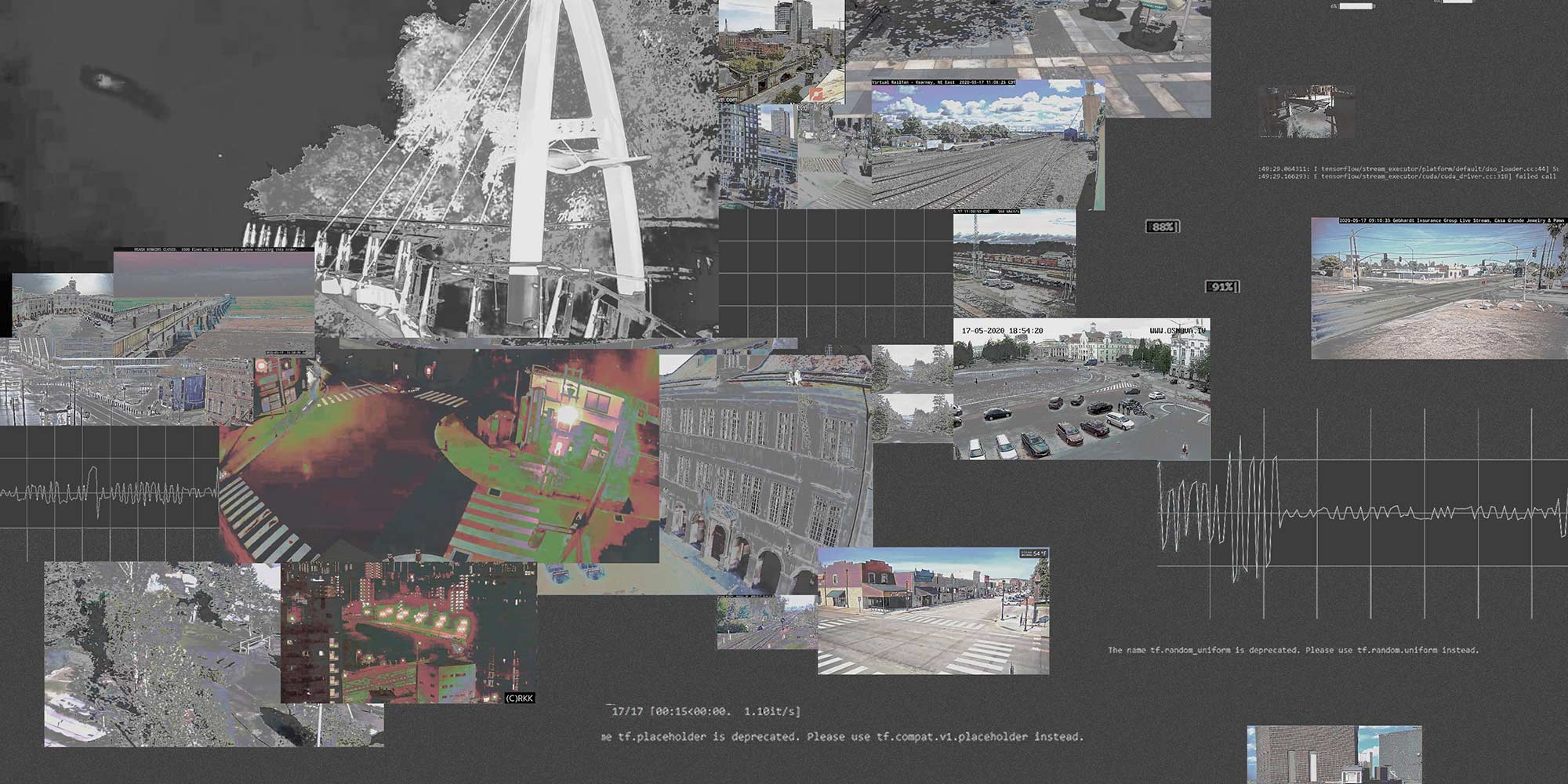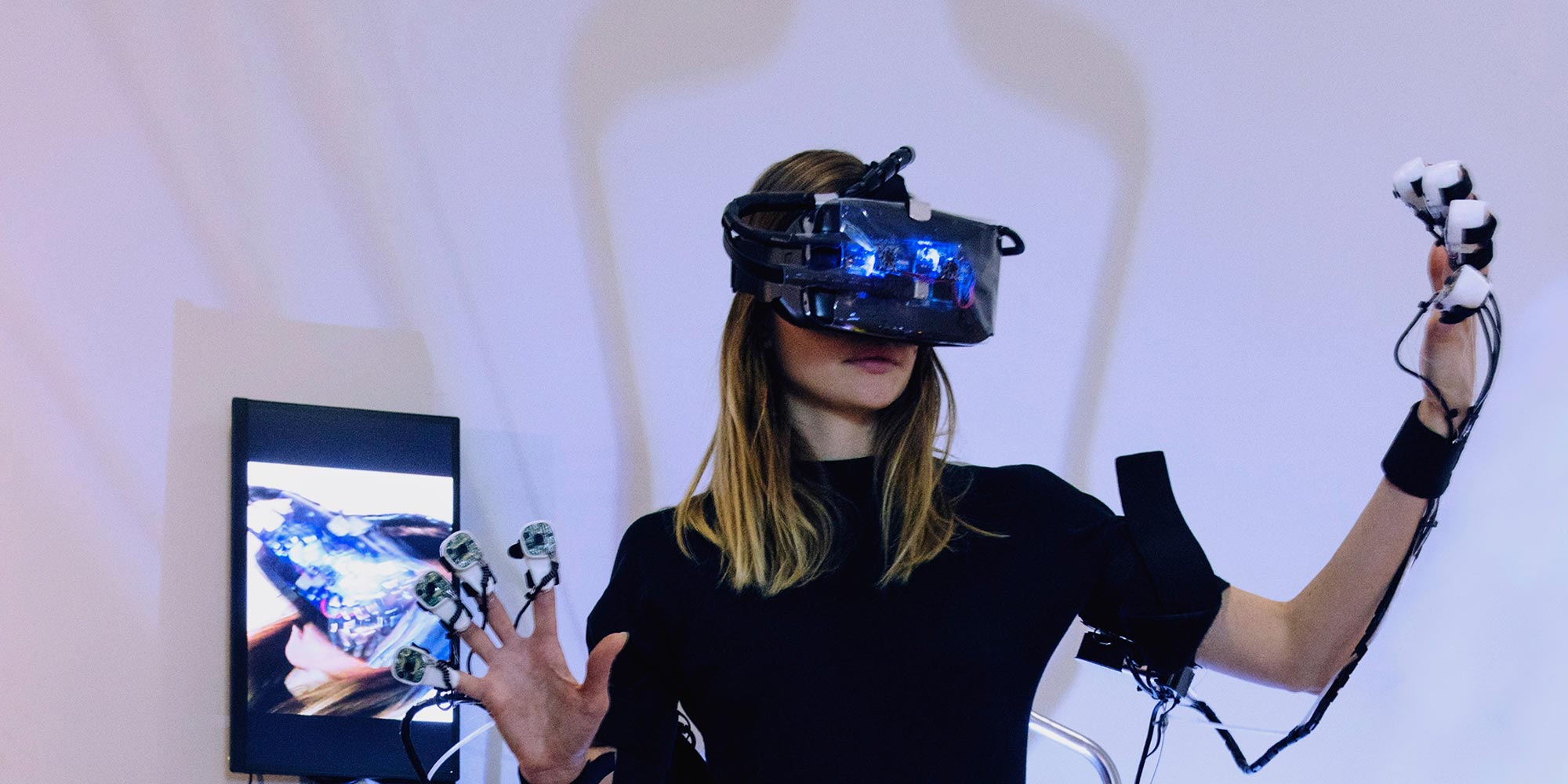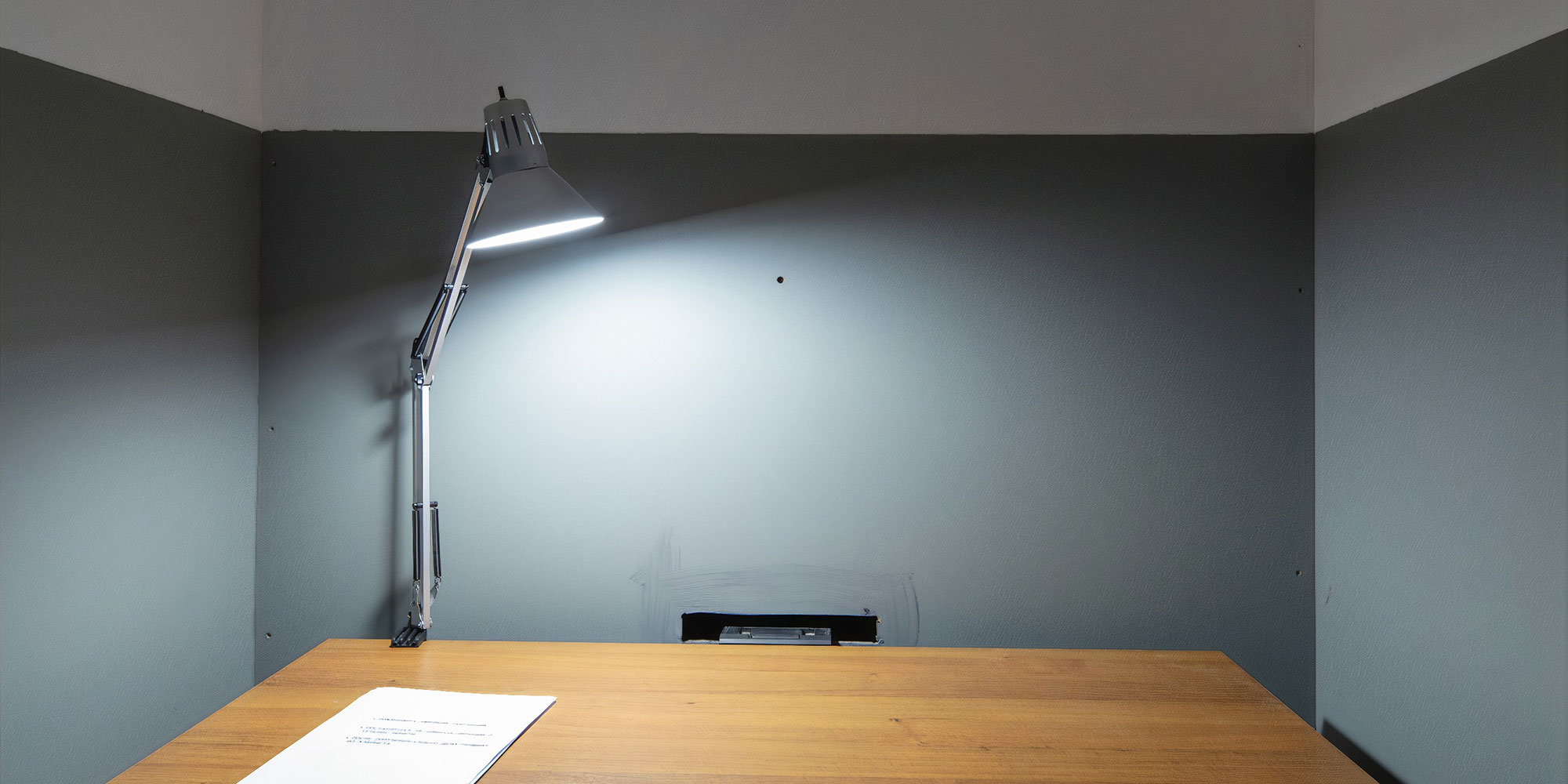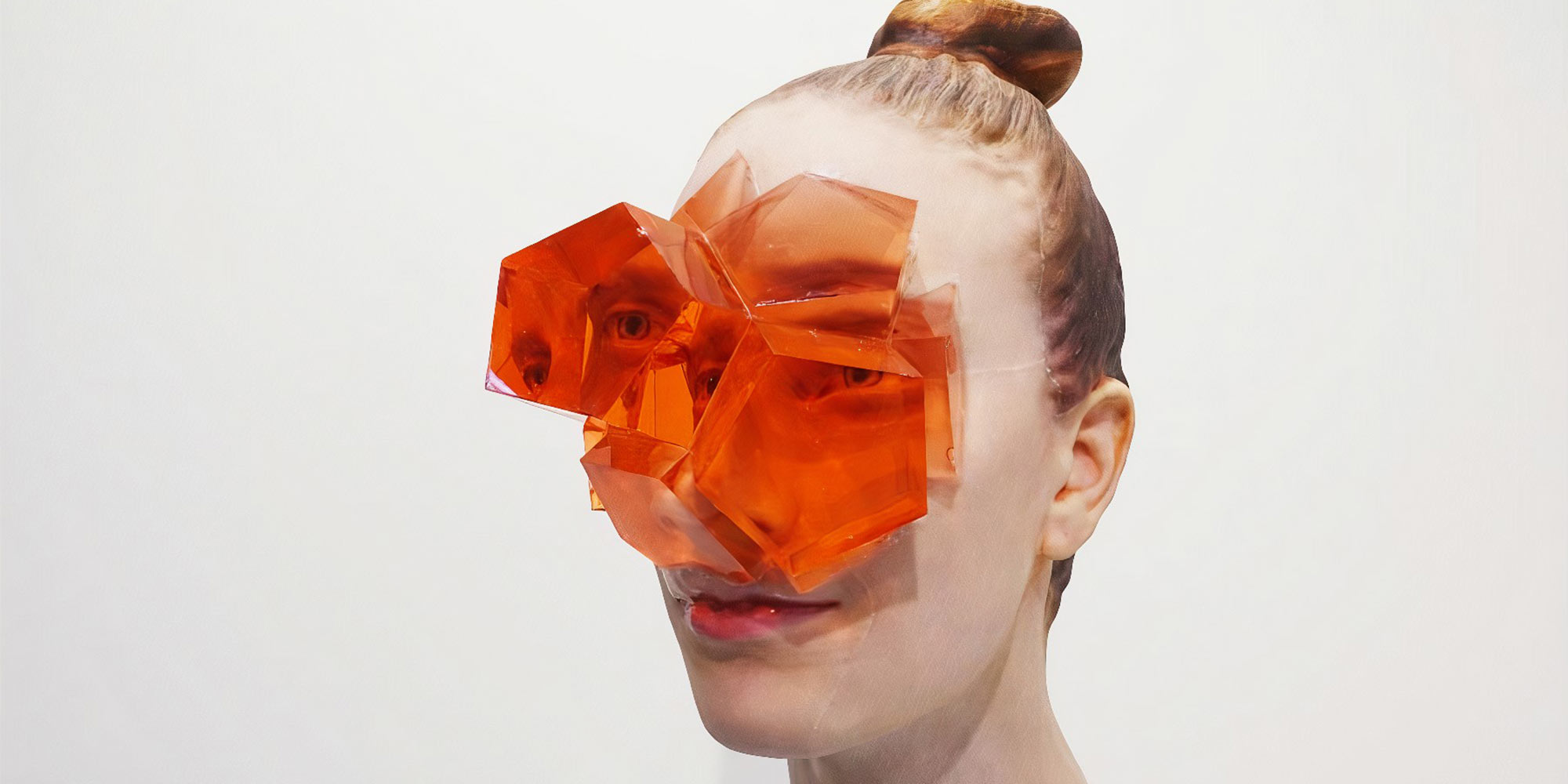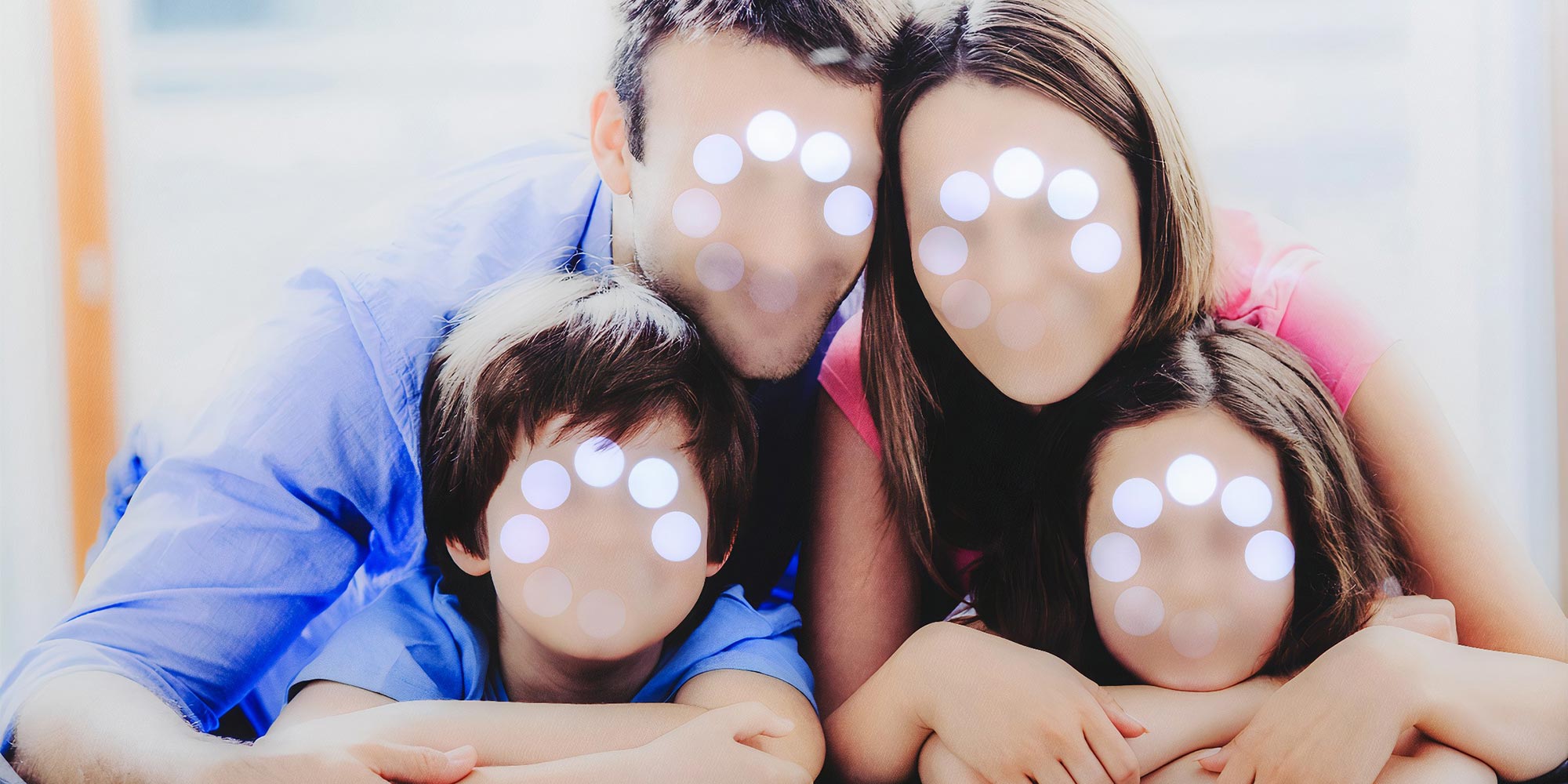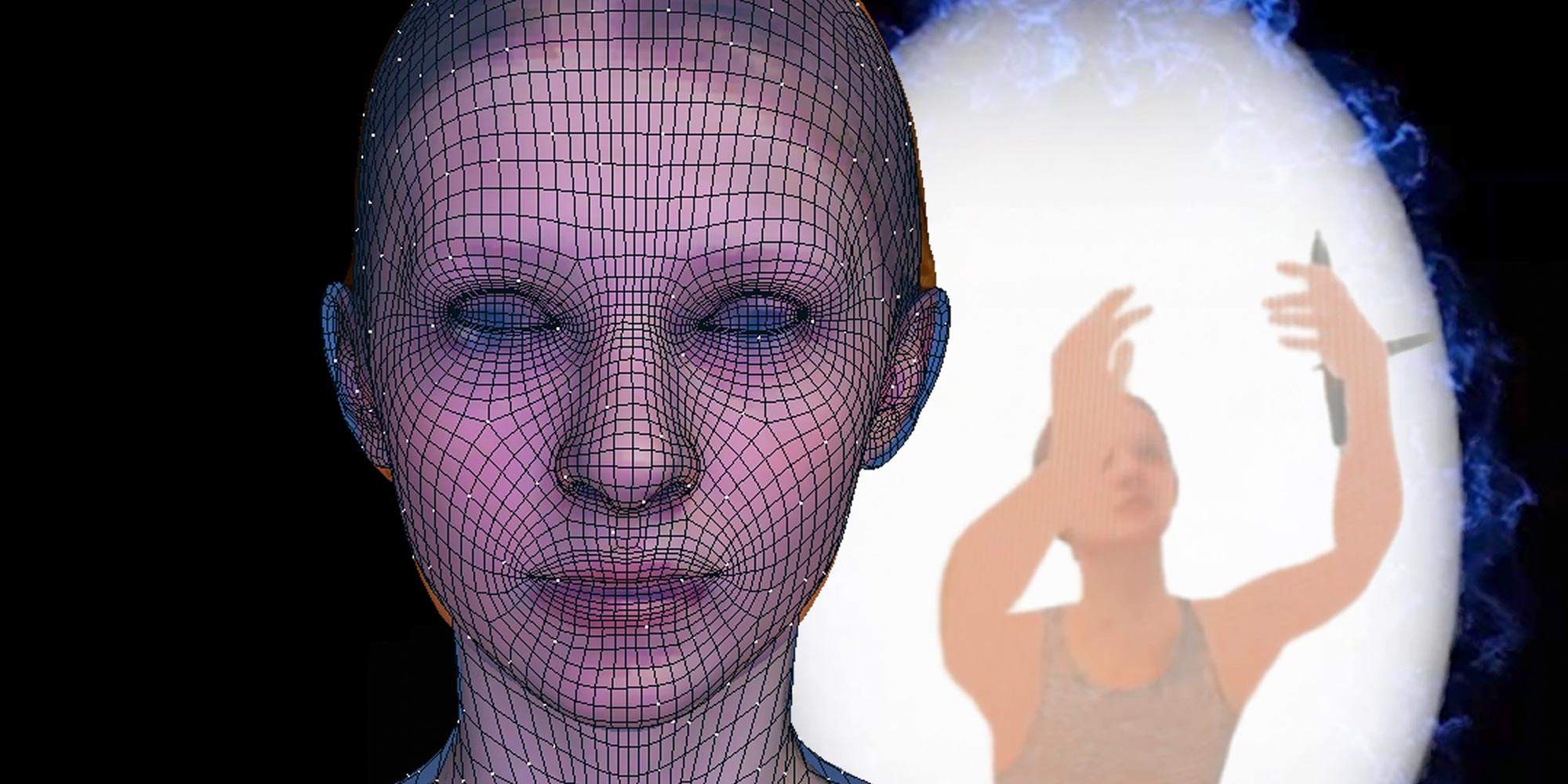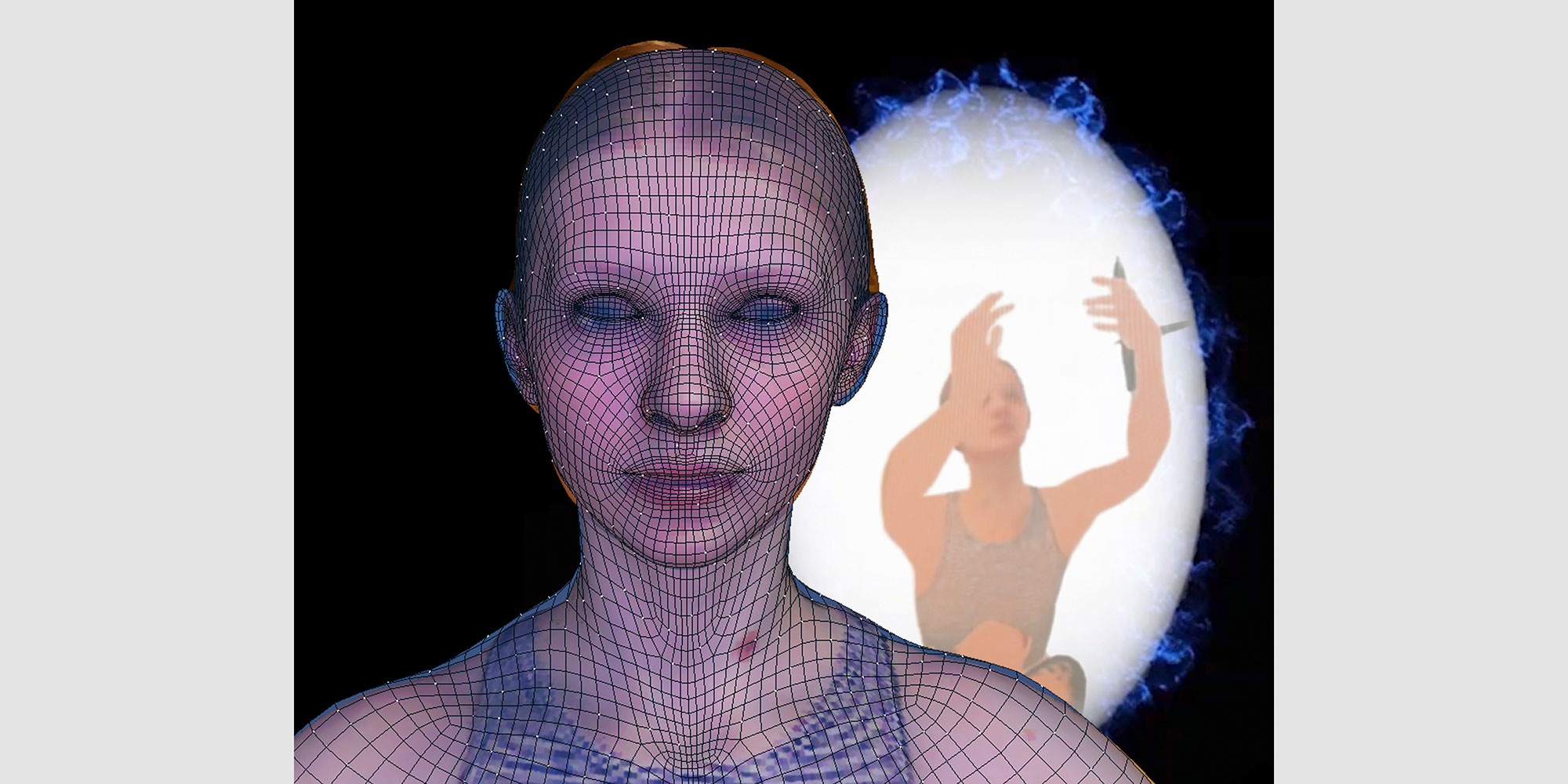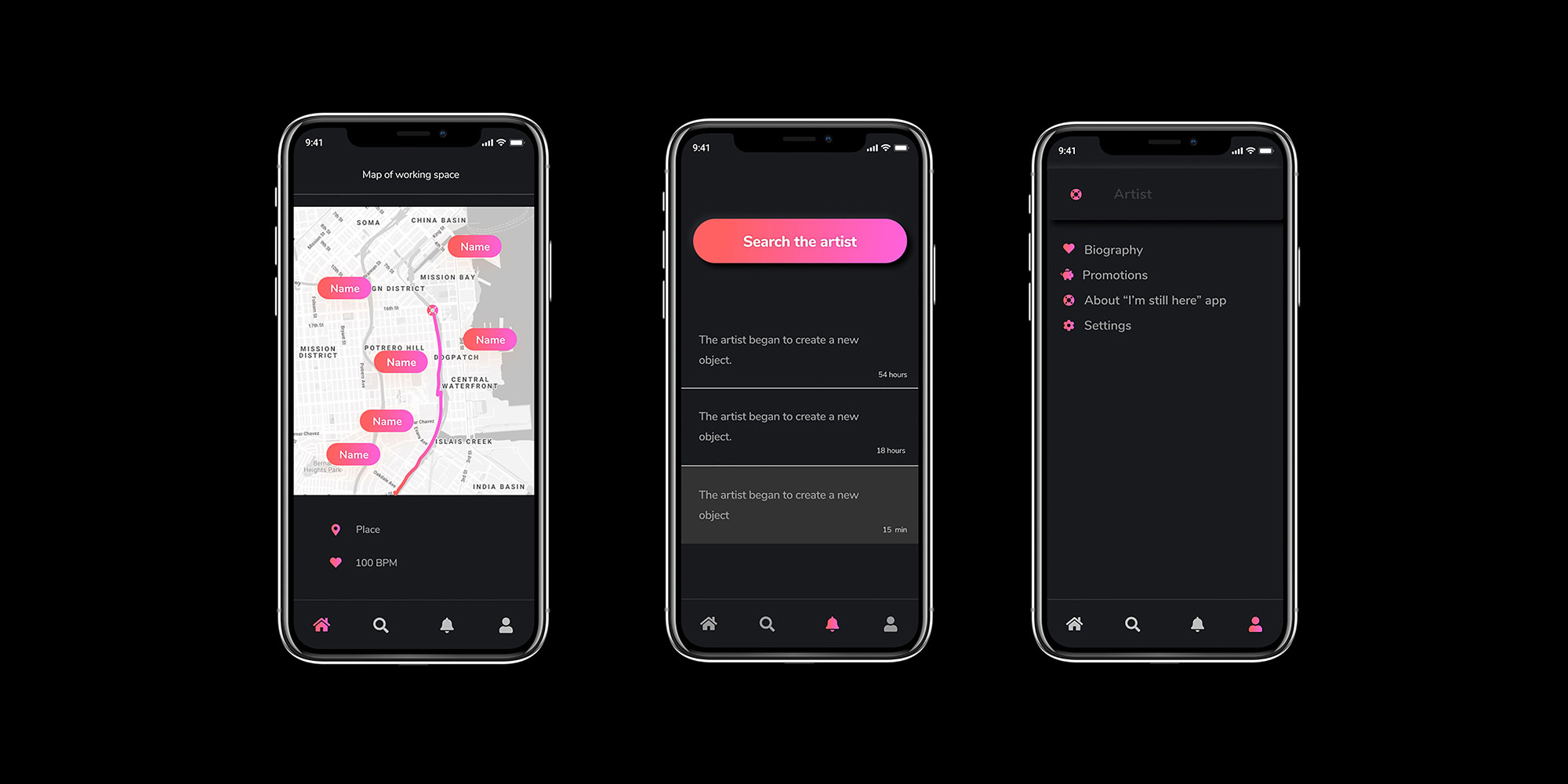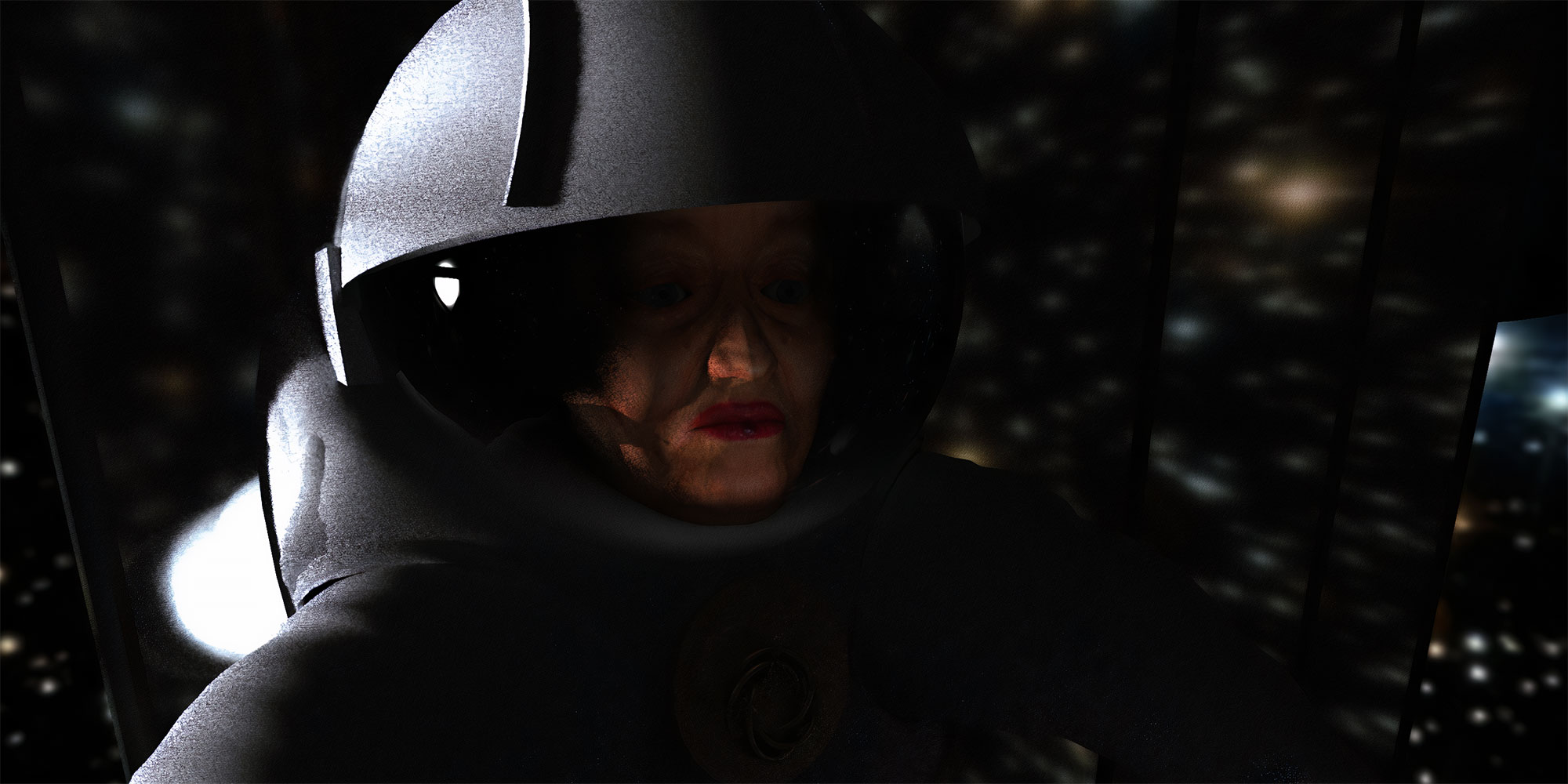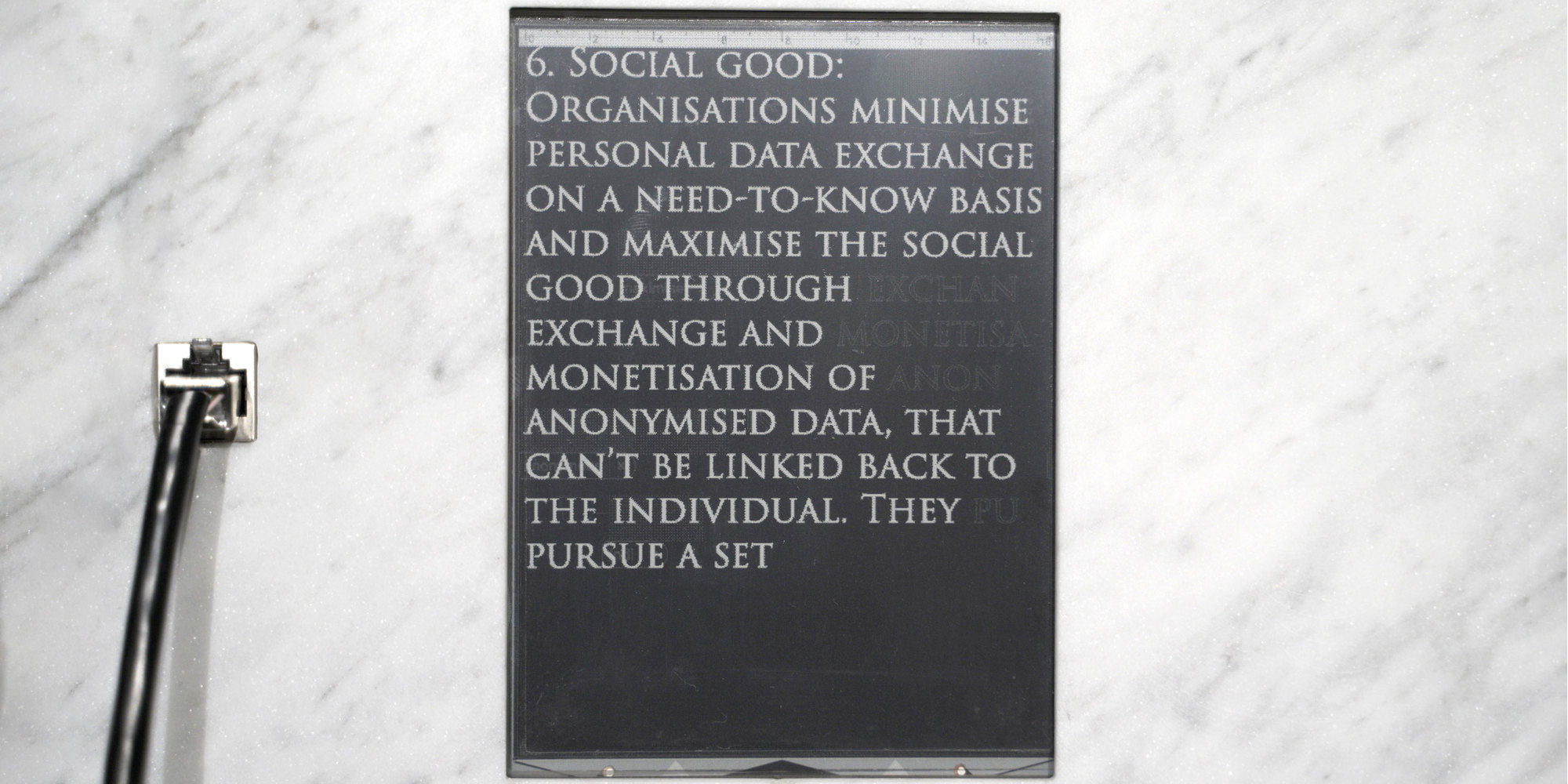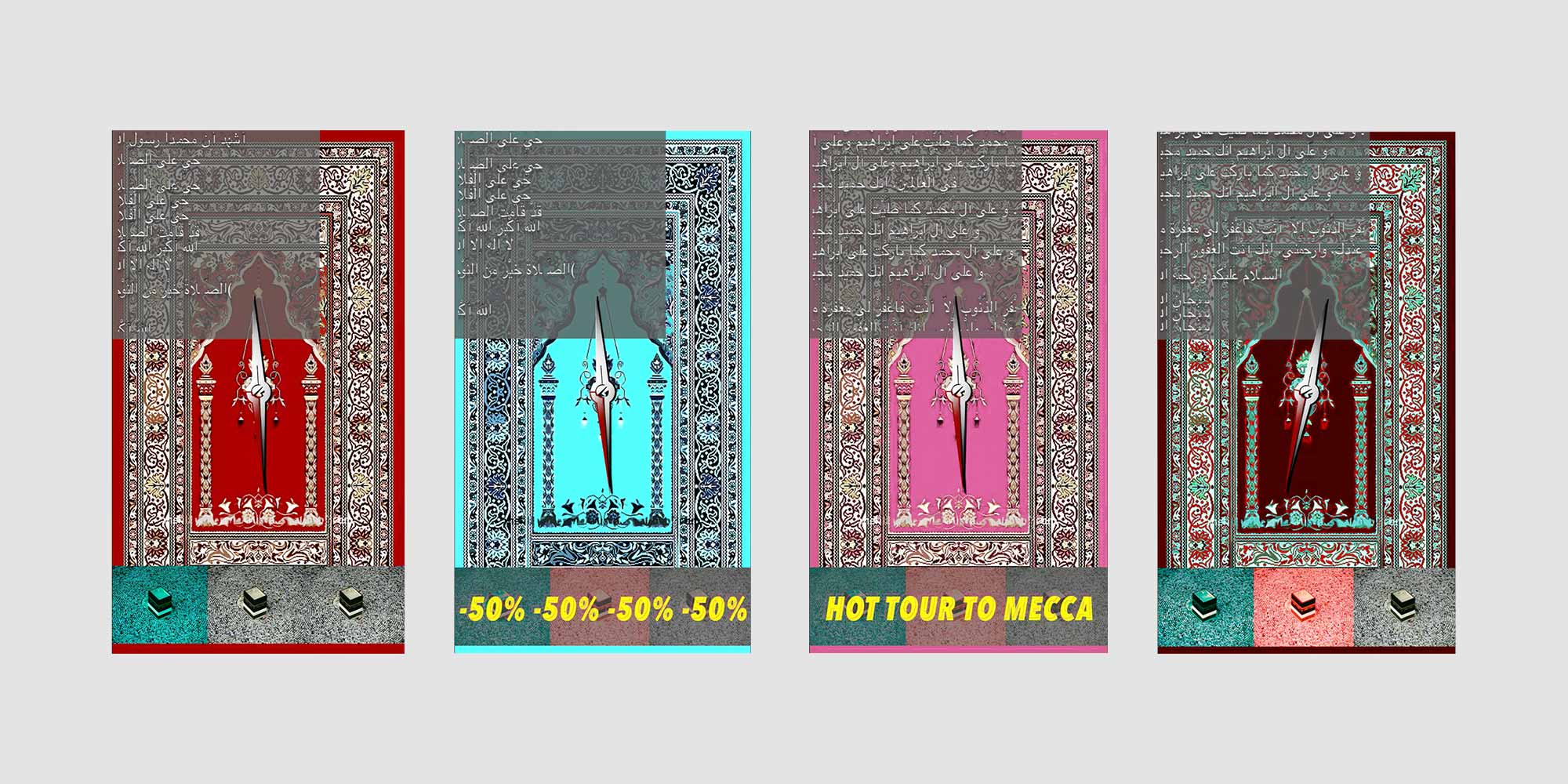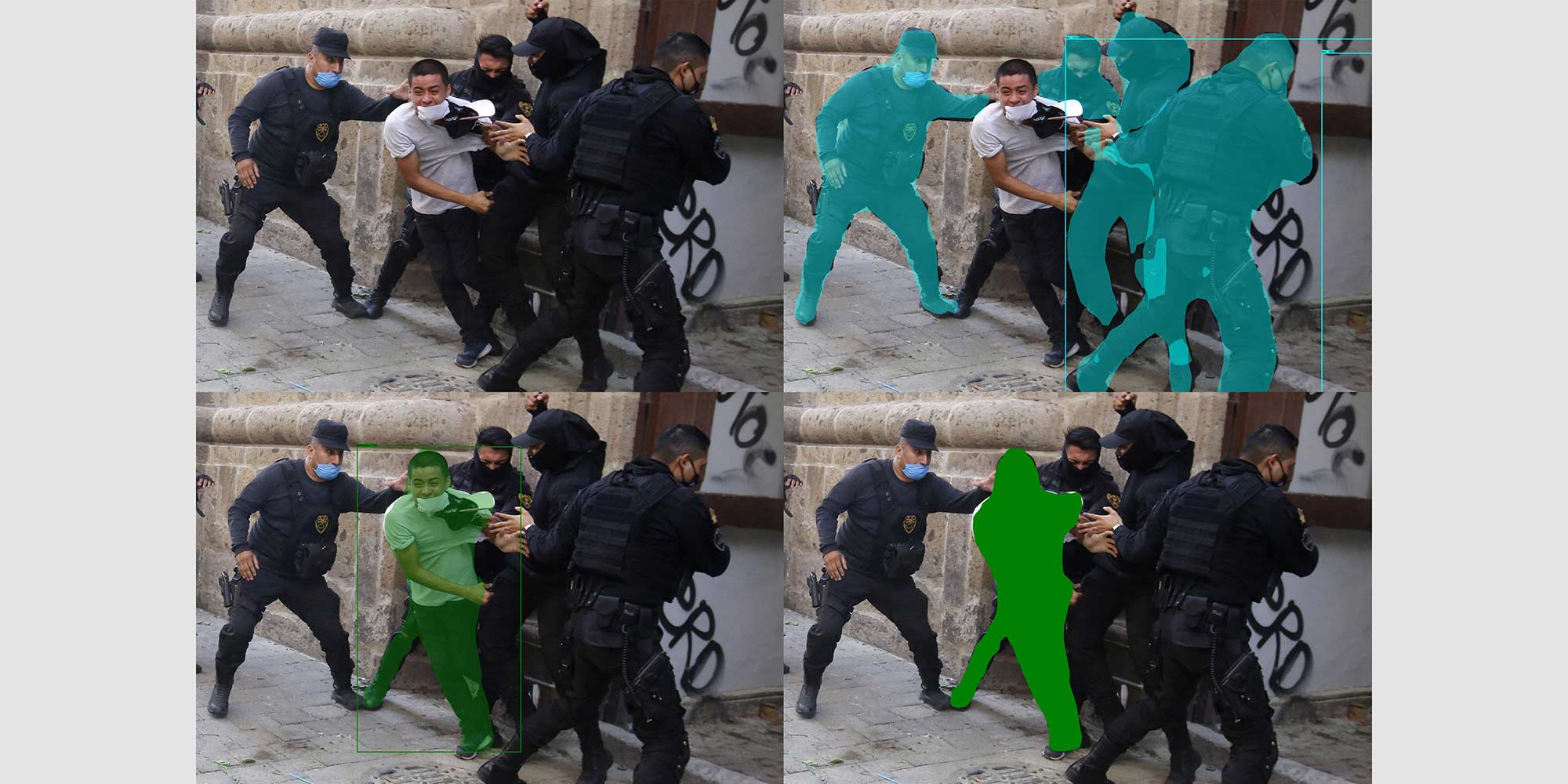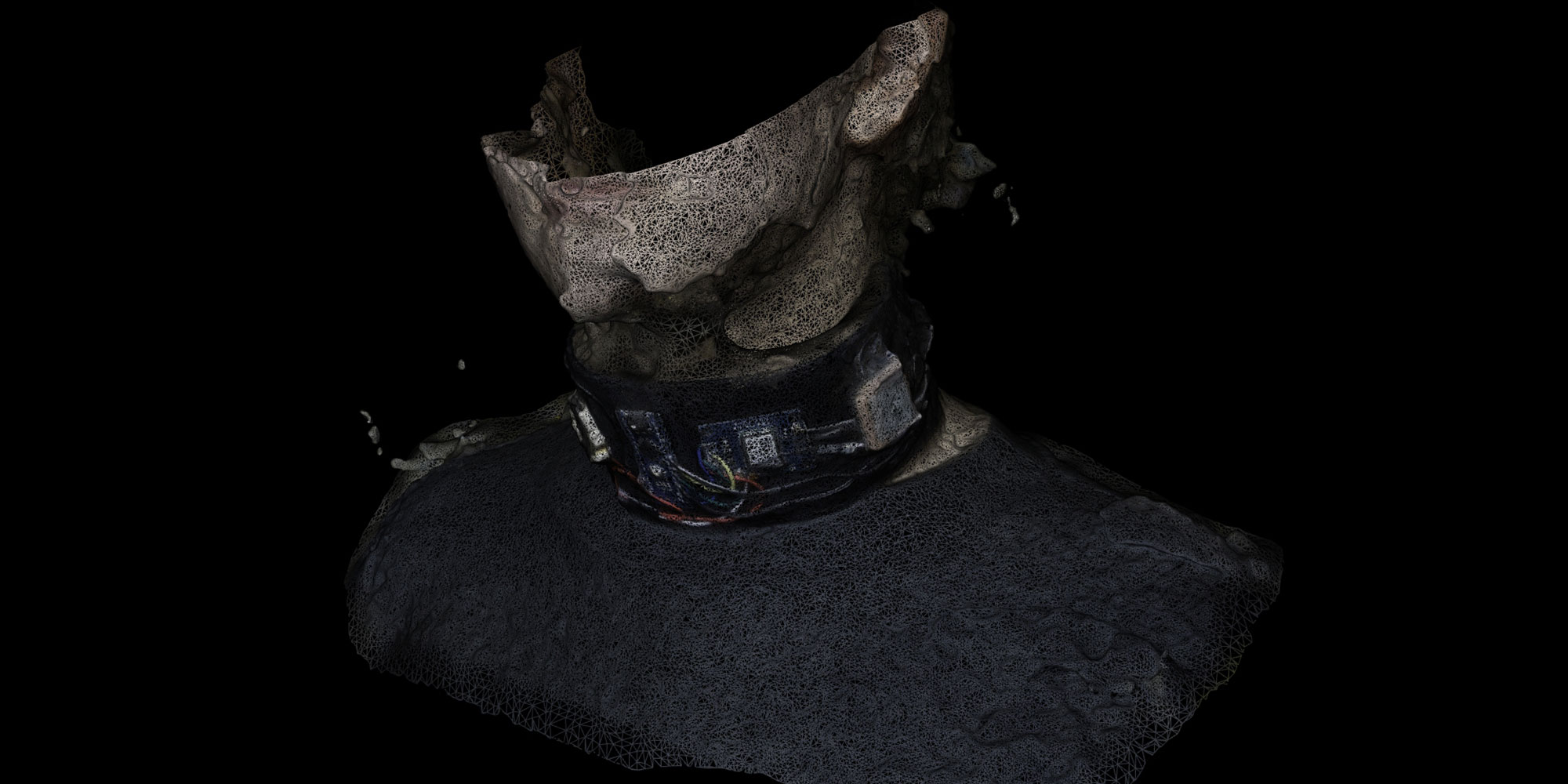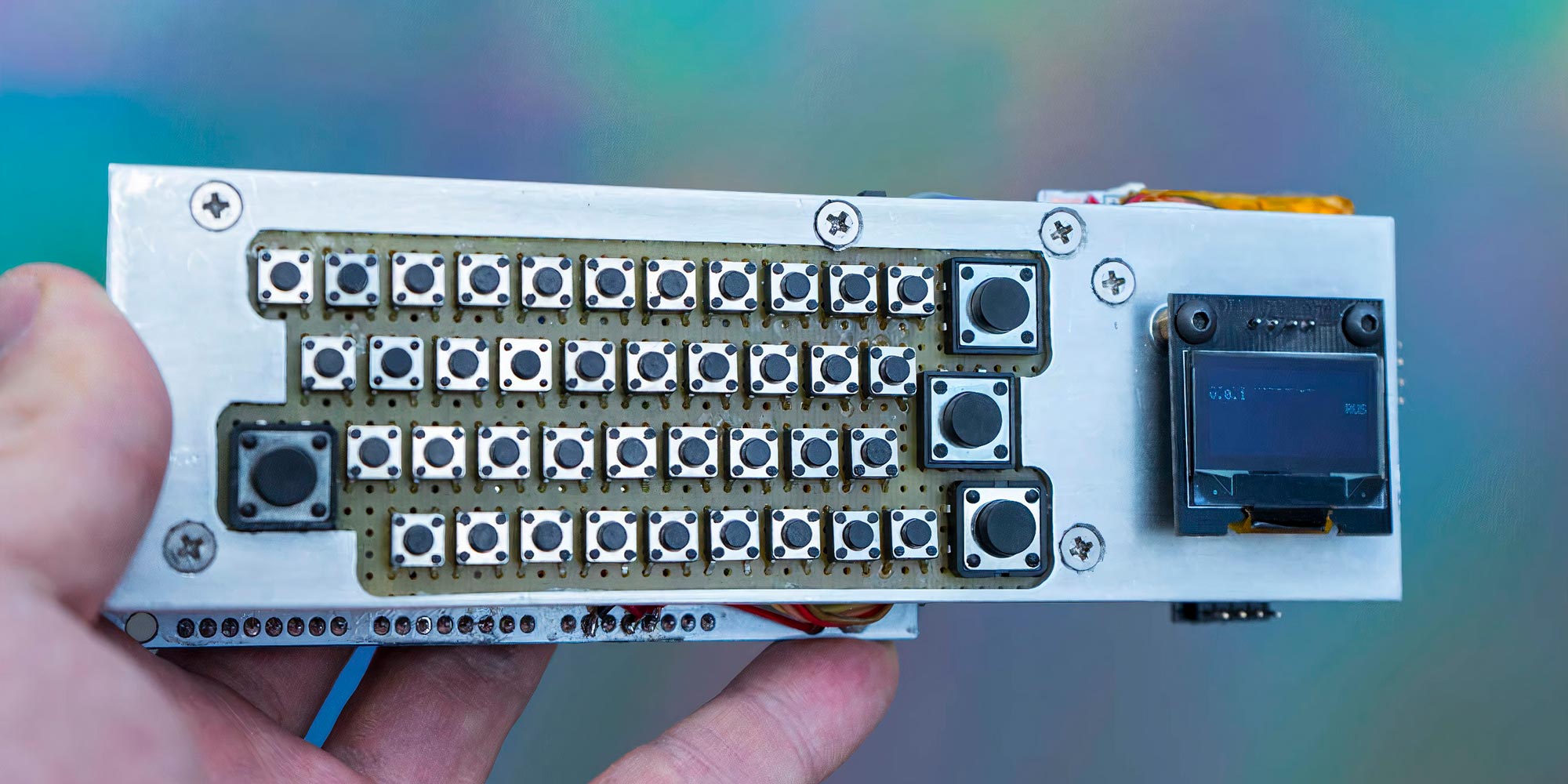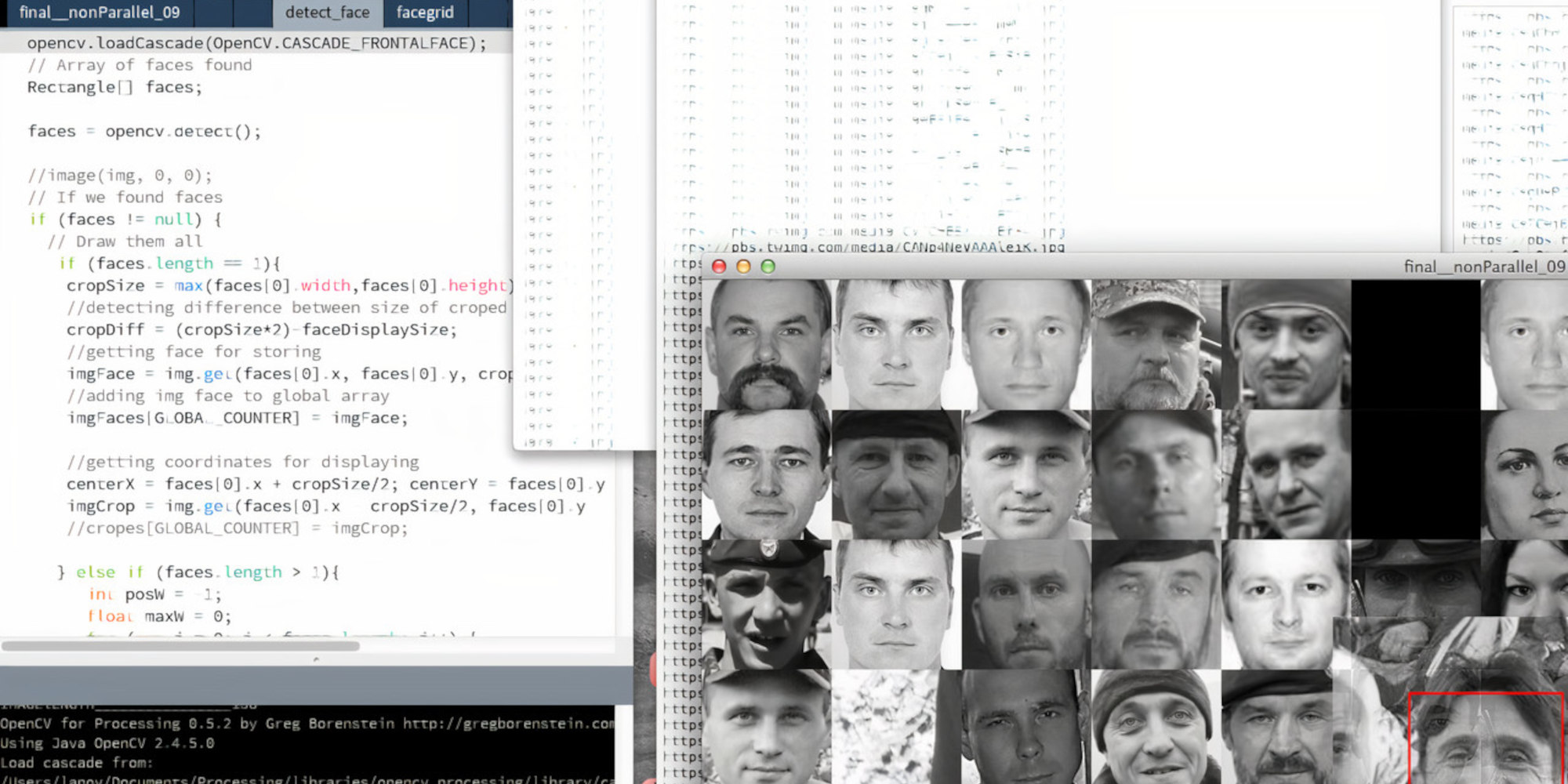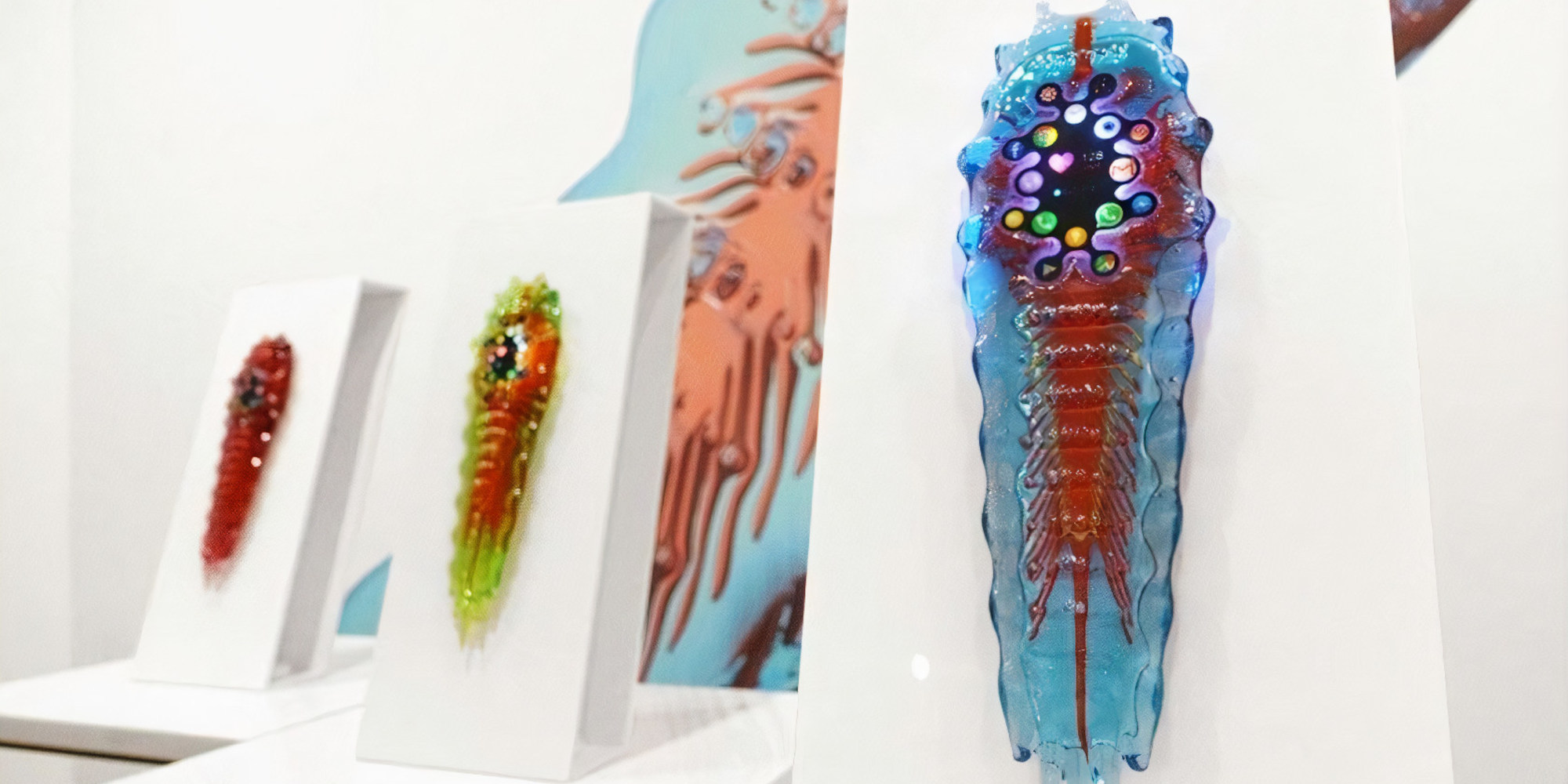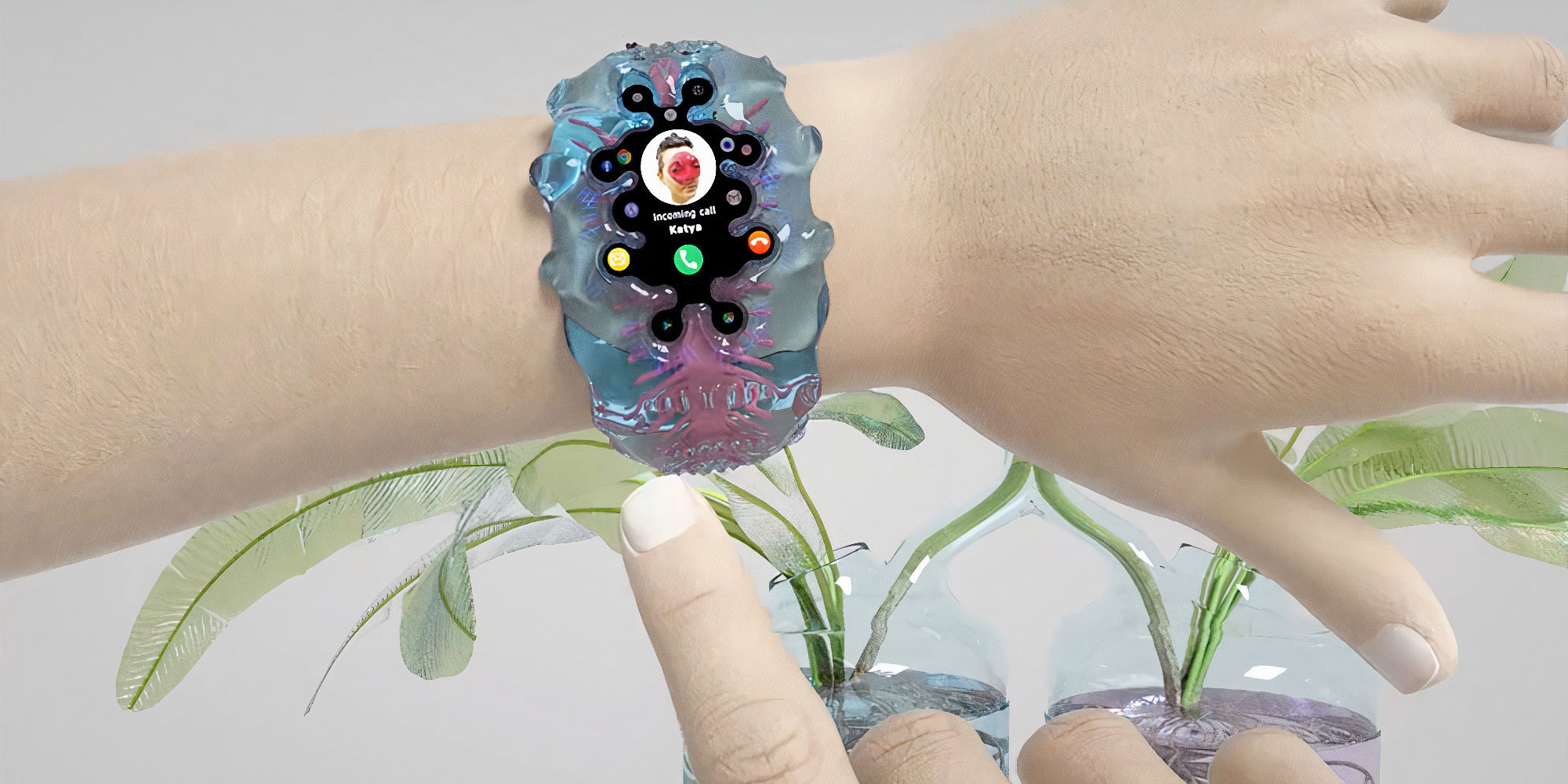The project aims to present several generations of new media artists from post-Soviet countries in the international context including an online exhibition.
Para-Optic 8
Anastasia Alekhina (RU)
The project offers a visual experience that reproduces the idea of vision through through fingerprinting. Functionally, a person’s fingertips are similar to retinas. For instance, if visual perception is impaired, a human begins to “look” with their fingers. Compensation for impaired vision through skin-kinesthetic sensations is thus possible.
The work was created specifically for the Pavlov Institute of Physiology of the Russian Academy of Sciences, as part of the New Anthropology project.
Within the Law
Medina Bazargali (KZ)
The installation consists of several elements: a soundproof closed interrogation room, which corresponds to the parameters of the psychologically pressing sidewalls in the buildings of the People’s Commissariat; a neural network trained on the civil, administrative and criminal codes and constitutions of all non-free republics of the former Soviet Union; an imitation committed by police officers for the external evaluation of gender and age, followed by a note in the Protocol about concealing personal data; private records. In this work, I extend various frightening scenarios of the digital revolution and first contact with the state apparatus to new technologies.
No Color, No Taste, No Odor
Aristarkh Chernyshev (RU)
This project is a utopian model for the functioning of a body which is constantly in need of repair and replacement of worn-out blocks. It depends on a particular person having accumulated a lot of information to quickly update their body and keep it in working condition; except this information is not combined, but scattered across the cloud repositories of various corporations and government agencies. I propose to merge all these personal data and provide access to them by their rightful owner. Based on the date of collection, an individual patch is made for every person.
Zone
Ellina Genadievna (RU)
This project explores the boundaries between virtual and physical space. This is a game intervention based on the VRCHAT social VR platform, where exhibition visitors can interact with the artist. The game is possible only in the virtual room, with its score being the time spent in this Zone wearing VR glasses. Their position is, in turn, controlled by sensors, so that if the artist removes their glasses, the game ends. The player is a prisoner of virtual boundaries in the free space of their own room.
I’m Still Here
Daria Goffman, Evgeny Kruglov (RU)
Digital-performance about the anonymity of street artists and their work’s ability to take on new forms over time. The artist allows viewers to track all their movements and pulse data within a month. They warn viewers that they’ll create objects. The viewer can become an outside observer of the process or a participant in it, being capable of interfering, disrupting, preventing or supporting its progress. *I’m Still Here* is a new perspective on how artistic practice will change if society follows the path of total control over the movements of citizens and their biological indicators.
Babushka in Space
Uli Golub (UA)
This project is about my grandmother, who is 85 years old, has awful pain in her knees and almost never leaves her small apartment. It’s like living on a space station, always waiting for guests or supplies. This work is about the loneliness of elderly people and intrinsic human solitude. The text, co-written with my grandmother and inspired by the ideas of the Russian Cosmists ―Nikolay Fedorov, Konstantin Tsiolkovsky, Boris Groys, etc.― is about her life on a space station, and about the utopian mission of future humankind to create the Intergalactic Museum.
User Flow
Valentin Fetisov (RU)
Interactive installation that mimics the look of a security line and blends itself into the infrastructure of an exhibition. It questions the limits of the development of physical security systems and their general design choices. The structure of the installation represents the different historical stages of ubiquitous security procedures: the inspection of belongings, physical inspection, and the inspection of intent. This last step is designed to uncover visitors‘ aptitude for compliance.
Twelve Nodes
Egor Kraft (RU/AT)
The twelve fragments of the work reference the twelve tables in Roman law, which form the basic foundation for civil law, the most widely used legal system today. Here, they form the basis for a new code that incorporates the evolvement of technology and its ethical implications. Twelve Nodes provokes a public discussion on the design of a new legal framework to perhaps come to a collective and democratic understanding of how personal data and the rights attached to it should be treated. The work introduces the concept of Fair Data, a framework and guideline for organisations for treatment of personal data. Fair Data establishes standards for consent, collection, and ownership of personal data as well as recognising a fair economic value and usage of data. Made in collaboration with Fair Data Society and Ethereum Foundation.
Percussion Bitter Sweet
Evgeny Kruglov (RU)
This is a research study in improvisation based on the perception of jazz as a dialectical system that is constantly interacting with its environment. Our improvisational pattern is based on a neural network that studied the archive recordings of legendary jazz musicians. New harmonic structures are generated as the improvisation continues once every 30 seconds. Sounds used in the structures are recorded in real-time by 300 IP cameras around the globe. Empty squares, rallies, abandoned construction sites, narrow streets and closed parks create the dynamic diversity for a sonic landscape within a composition.
Namaz Maker
Anvar Musrepov (KZ)
Interactive installation imitates a Muslim carpet and creates a virtual environment for ritual. The projection has five modes, with each color indicating different prayers (morning, noon, daytime, evening and night) and changeable with a clap. A special function allows for the individual setting of the prayer text. For automatic navigation, the prayer interface has a compass that updates every second and identifies the exact location of Mecca at all times. There is also a place for contextual advertising!
Backlash
Kate Pryanik, Sasha Serechenko (RU)
This is a custom neural network to determine whether a person on a photo belongs to one of two sides: police or protesters. The decision will depend on whether retouching is applied to protect the privacy of the person or not. This tool helps prepare a proof of law violation by policemen, expressing the uses of modern technology in the development of civil society. Neural networks are actively used by the state and corporations for surveillance, analytics, and other tasks of public control, but the open-source paradigm paves the way for citizens to use them as a means of response.
аССTV
Vita Shakhnovich (RU)
аССTV is jewellery that allows its owner to know if he/she is near a CCTV camera in the city. It uses data from the open data portal on surveillance cameras in Moscow and a GPS receiver, which compares the data of the owner’s location to data from the portal. aCCTV is a jewellery-organoprojective tracking device that operates through the five senses: sight, smell, hearing, taste and touch.
Nothing Is
Andrey Smirnov, Ekaterina Trubina (RU)
The project works with the phenomenon of media density. To enter its narrative, one should use a detector device and translate its premodulated light stream into sound. The technology refers to the spying devices developed by Lev Theremin, by analogy to which it can be argued that any privacy in our lives is illusory. Electromagnetic currents flowing through all sorts of wires, mobile networks, microcurrents in the brain, speech sounds, etc. modulate the “ether” to complement the streams of radiation that carry every sort of information, including the private.
Hot Ninja
::vtol:: (RU)
Multifunctional network device for autonomous activity in the urban environment. Its main function is communication and propaganda through the Wi-FI wireless standard as the hacktivist DIY response to attempts to control the Internet by multinational authorities. The project serves as an example of the possible opposition and decentralization of networks to ensure communications and provide notifications regardless of whether there is access to the global internet, or not.
#hero
Anton Lapov (UA)
The project is a research on underlying processes of establishing historical memory during periods of increased social tension and military conflicts. The work is based on generative net-based system which is forming dynamic database of portraits. This process is realized by permanent call of web-searching function with a selection based on mass-media attributes (hash-tags) related to social-political events in Ukraine in 2014-2016 (#hero, #maidan, #2014, #2016, #ato, #donbass etc). At the same time, processing selected pictures program algorithm builds and constantly refreshes one generalized image that contains features of all faces. It could be considered as some kind of portrait of hero.
Personal information Organism. PiO ver 1.0
Aristarkh Chernyshev (RU)
PiO (Personal Informational Organism) is an ongoing project, eventually intended to be presented in the format of a concept store promoting promising technologies and services. PiO is a hybrid of a genetically modified leech and a smartphone that lives on a person’s body, feeds on his blood, and in return provides informational inclusion and reverent concern for the health of the donor owner. PiO has the ability to continuously monitor the human body, the data is being accumulated in the cloud service and, based on their analysis, PiO can produce various substances and enter them directly into the blood. Thus, your body is under constant unobtrusive observation and gentle care, and your mind is always in touch with the information universe!
